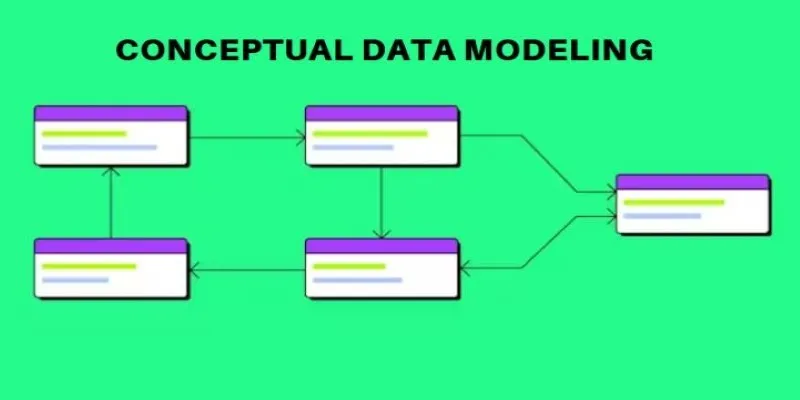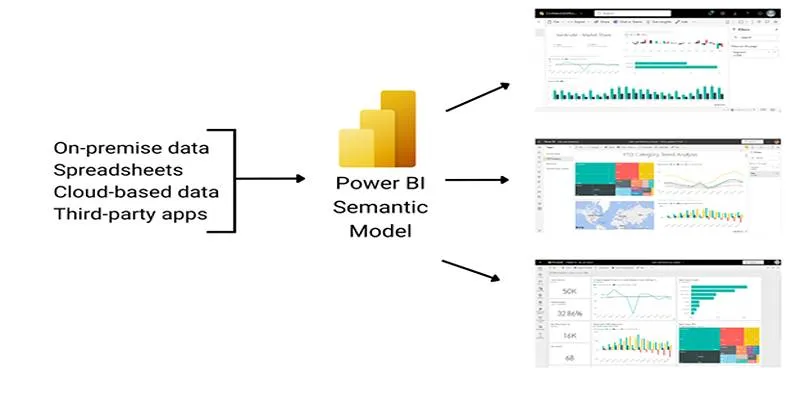The explosion of data in the digital world has transformed the way organizations store and process information. Traditional databases struggle to handle vast amounts of data efficiently, which is where Hadoop comes into play. This open-source framework allows for distributed storage and parallel processing of large datasets across clusters of computers.
Understanding Hadoop’s architecture is crucial for anyone looking to leverage big data technologies. The framework is built on a simple yet powerful design that enables organizations to store, process, and analyze large datasets cost-effectively. But what makes Hadoop’s architecture so effective?
Core Components of Hadoop
Hadoop operates on a distributed system that breaks down large data tasks into smaller pieces and distributes them across multiple machines for processing. The architecture primarily consists of three core components: the Hadoop Distributed File System (HDFS), YARN (Yet Another Resource Negotiator), and the MapReduce programming model. These elements work together to ensure high availability, fault tolerance, and efficient processing.
HDFS is the core of Hadoop, offering a scalable and fault-tolerant storage system where huge datasets can be split across several machines. In contrast to conventional storage systems, HDFS is optimized for handling unstructured data by breaking down big files into smaller blocks, which are then spread across various nodes within a cluster. Every block is replicated several times to avoid data loss due to hardware failure. This redundancy maintains data integrity even when nodes become unavailable.
YARN serves as the resource manager within the Hadoop framework. It manages computing resources dynamically according to the requirements of various processing tasks. Prior to YARN, Hadoop was dependent only on MapReduce for processing and managing resources, making it less flexible. YARN distinguishes these two functions so that various data processing models can coexist within the Hadoop framework. Applications other than MapReduce, including Apache Spark and Tez, can run on Hadoop clusters efficiently.
MapReduce is the programming model that enables parallel processing of data across clusters. It divides tasks into two main phases: Map and Reduce. The Map phase processes input data by converting it into key-value pairs, while the Reduce phase aggregates and summarizes the processed information. This approach allows Hadoop to process massive amounts of data in a distributed fashion, making it suitable for analyzing structured, semi-structured, and unstructured data. However, due to performance limitations, many organizations now complement or replace MapReduce with faster processing engines like Apache Spark.
How Hadoop Ensures Fault Tolerance and Scalability
One of the most significant strengths of Hadoop’s architecture is its ability to handle failures without disrupting data processing. In a traditional system, the failure of a single machine could mean data loss or process interruption. Hadoop, however, is built with fault tolerance in mind. It achieves this through data replication and automatic task reassignment. When a node in the cluster fails, Hadoop automatically redirects tasks to other healthy nodes, ensuring smooth operations without manual intervention.

Scalability is another core advantage of Hadoop. Unlike traditional databases that require expensive hardware upgrades to scale, Hadoop allows for horizontal scaling. This means organizations can expand their storage and processing capabilities simply by adding more low-cost machines to the cluster. Whether dealing with terabytes or petabytes of data, Hadoop adapts to growing storage and computational needs without significant architectural changes.
Additionally, Hadoop’s design makes it well-suited for handling various data formats, including structured relational data, semi-structured logs, and completely unstructured content like images and videos. This flexibility allows businesses to derive insights from different data sources without the constraints of traditional databases.
Real-World Use Cases of Hadoop
Many industries rely on Hadoop to process vast amounts of data quickly and efficiently. In healthcare, for example, hospitals and research institutions use Hadoop to analyze patient records, genomic data, and clinical trial results. The ability to process large datasets in parallel helps identify patterns and predict disease outbreaks more accurately.
In the financial sector, banks and investment firms leverage Hadoop to detect fraud, analyze customer behavior, and assess risks. The ability to process transaction records in real time enables institutions to flag suspicious activities before they cause significant financial damage.
Retail and e-commerce companies also benefit from Hadoop’s data processing capabilities. By analyzing customer preferences, purchase history, and market trends, businesses can personalize recommendations and optimize inventory management. This improves customer satisfaction while minimizing operational costs.
Hadoop is also widely used in search engines and social media platforms. Companies like Facebook, Twitter, and Google rely on Hadoop to process massive volumes of user-generated content. This allows them to index information, deliver search results faster, and improve content recommendations based on user behavior.
The Future of Hadoop and Its Relevance Today
Despite the emergence of newer data processing frameworks, Hadoop remains a core technology in big data. It continues to be integrated with modern tools like Apache Spark, Kubernetes, and cloud storage solutions. While MapReduce’s relevance has decreased due to slower performance compared to in-memory engines, Hadoop’s HDFS and YARN are still essential for large-scale data management.

The shift toward cloud computing has accelerated Hadoop’s evolution. Many organizations now use cloud platforms like AWS, Google Cloud, and Microsoft Azure to manage Hadoop clusters. This hybrid approach leverages the scalability of cloud services while maintaining Hadoop’s robust architecture.
Hadoop remains a powerful framework for processing massive datasets, offering distributed storage, fault tolerance, and flexibility across various data types. As the need for big data solutions continues to grow, Hadoop’s architecture ensures businesses can store, process, and analyze data efficiently at a scale never before possible.
Conclusion
Hadoop’s continued relevance, despite the emergence of newer technologies, highlights its strength and adaptability. As cloud computing and modern data processing tools evolve, Hadoop’s architecture ensures that it remains a powerful solution for managing and analyzing large-scale datasets. Whether integrated with cloud services or used in a hybrid environment, its fault tolerance, scalability, and flexibility make it indispensable in big data operations. As the demand for big data solutions grows, Hadoop’s principles will continue to shape the landscape of data management and processing.
 zfn9
zfn9















